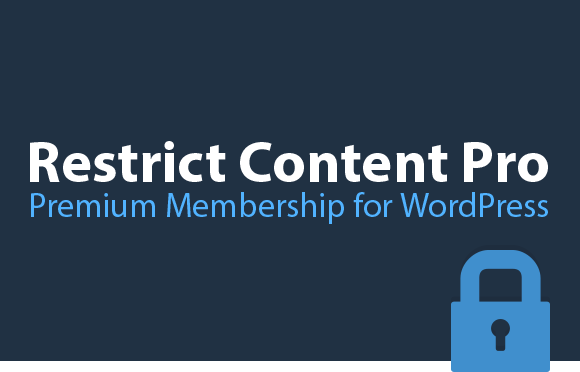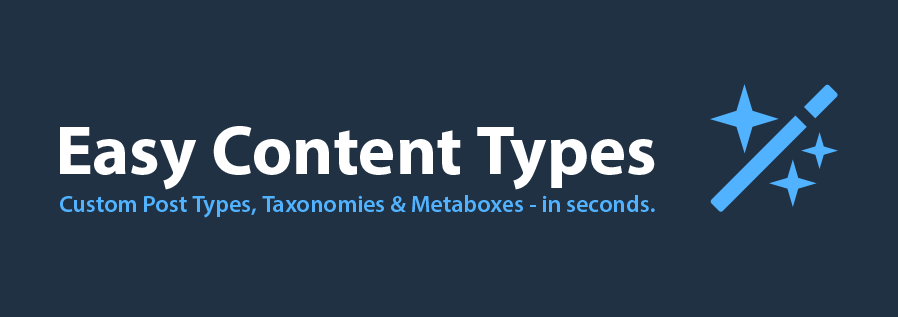Add Screen Options Tab to Your WordPress Plugin
You have probably noticed the Screen Options tab in the top right corner of many WordPress admin pages. This tab brings down a configuration panel that you can generally use to control what elements are displayed on the current amin page. One of the really great things about the Screen Options tab is that which…




